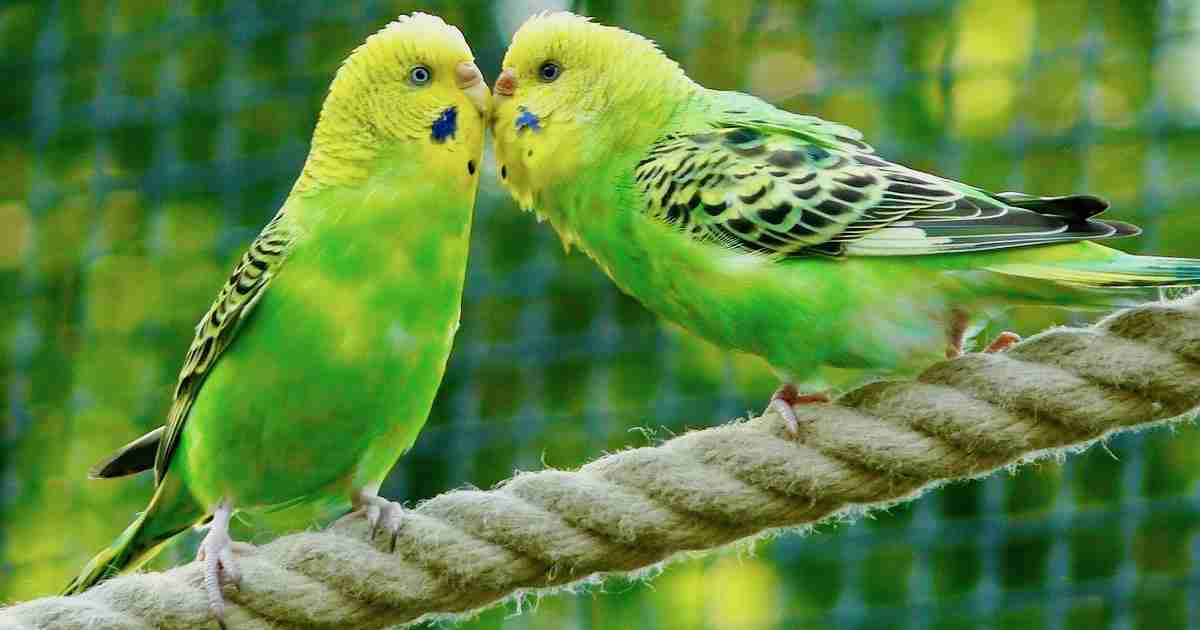Updated November 28, 2020
Keeping birds can be done well, and to the benefit of both them and us. But too often in doing so we take away the very thing that defines them: flight. So here are some suggested minimum case sizes to allow your feathered friends to enjoy their fullest lives.
Why is it important? Studies have repeatedly shown that birds in smaller cages are more likely to suffer from:
- OCD-like behaviours
- Obesity
Some Notes On Cage Sizes
I have taken data from two sources: the Queensland Aviculture Code of Practice 2010 and the Victorian Code of Practice for the Housing of Caged Birds. Most birds are social animals, and keeping them in twos or fours is considered better than alone. Therefore, sizes for multiples have also been included.
For each, I have used recommended sizes for outdoor cages. These are perfectly suitable indoors for smaller birds like budgerigars and cockatiels. Where possible, I hope you can exceed these dimensions, or allow your bird some free flight in the house every day.
Outdoor cages need roofs and one solid wall faced into the prevailing wind. All cages also need perches made out of natural sticks in a variety of sizes, placed where they do not impede flight.
Bird Cage Size Chart
Dimensions show minimum floor areas, which are better as long rectangles rather than squares. All measurements are in cm.
| Length of bird | 1 bird | 2 birds | 4 birds | Height |
| 10 (finch, canary) | 100 x 37 | 100 x 55 | 150 x 61 | 60 |
| 20 (budgie, bourke) | 160 x 45 | 180 x 60 | 200 x 90 | 60 |
| 30 (cockatiel) | 180 x 60 | 200 x 75 | 200 x 150 | 90 |
| 40 (most parrots) | 200 x 75 | 225 x 100 | 250 x 150 | 90 |
| 50 (most cockatoos) | 250 x 100 | 250 x 150 | 250 x 250 | 150 |
*The minimum dimension in any direction of any outdoor aviary/cage should not be less than 60cm.
**The minimum height to the top of any outdoor aviary/cage should be at least 1.5m above ground level to allow birds to escape from predators. The Queensland code of practice stipulates a 180cm height outdoors.
Do Budgies Like Big Cages?
Sometimes, the transition for a bird used to tiny cages can be slow, but all birds adapt well. Enjoyment is improved by enriching the environment with natural plants and forage items, water or dust baths and toys. Wing clipping should not be done for birds in cages where flight is possible.
I’ve personally kept Bourke parrots in a flight aviary. The enjoyment I received from watching them sing and play is something I want all bird owners to experience.
Have something to add? Comments (if open) will appear within 24 hours.
By Andrew Spanner BVSc(Hons) MVetStud, a vet in Adelaide, Australia. Meet his team here.


I was given a lovebird as a gift. After about a month I felt bad for the bird because I’m gone at work all day. So I got another young lovebird. Whoever cut the first lovebirds wings before he was given to me I think it was done wrong. The second lovebird was very young when I introduced the two. And she doesn’t have her wings clipped. When I get home from work I allow them to come out of the cage and the one can fly around but the other is unable. I feel so bad cuz I watch the the other watching the one that can fly, flying around the apartment. When they have to go back in the cage before I go to bed I have to clean up the mess they make. I don’t mind because I don’t want them in a cage 24/7. I haven’t been able to train them and I think it’s because I allow them they’re freedom. So if I shouldn’t be doing this please someone help me with suggestions on how to train them. They’re both still very young.